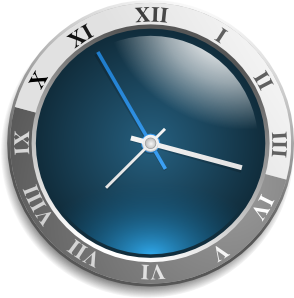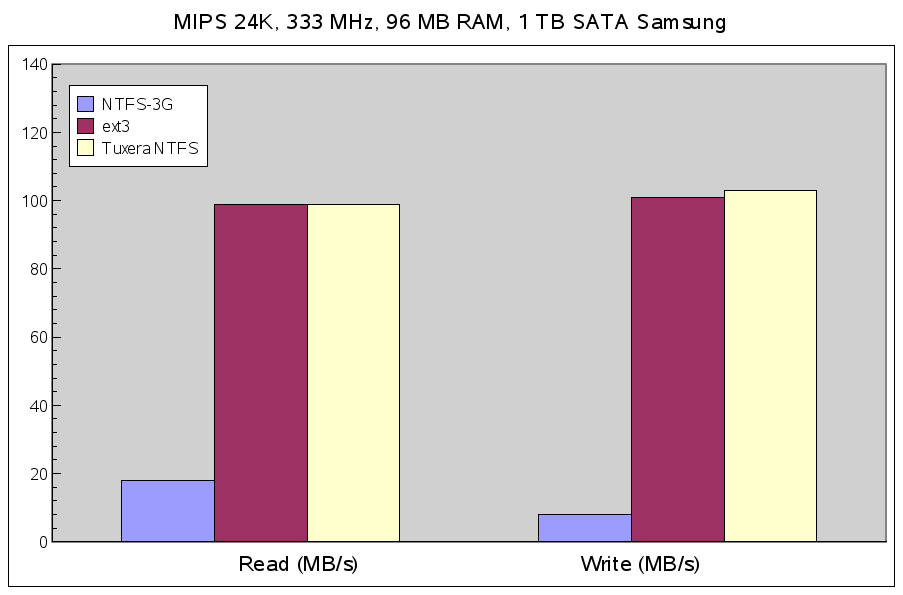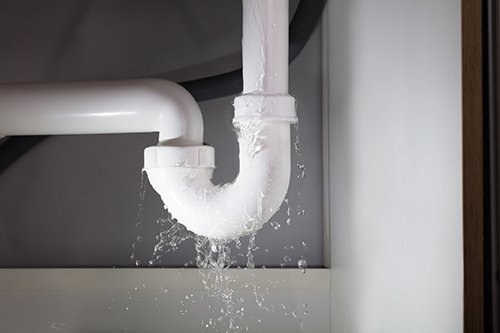To use vi as an hexadecimal editor: vi doc.txt [esc] :%!xxd Jean-Luc Aufranc (CNXSoft)Jean-Luc started CNX Software in 2010 as a part-time endeavor, before quitting his job as a software engineering manager, and starting to write daily news, and reviews full time later in 2011. www.cnx-software.com
Linux LAN Port Scanner
Just a short post to show how to scan the open ports of a remote machine on the local network: sudo nmap -sS 10.10.10.123 Starting nmap 3.81 ( http://www.insecure.org/nmap/ ) at 2010-04-28 16:00 HKT Interesting ports on 10.10.10.123: (The 1660 ports scanned but not shown below are in state: filtered) PORT STATE SERVICE 69/tcp closed tftp 139/tcp open netbios-ssn 445/tcp open microsoft-ds MAC Address: 00:50:FC:B1:E9:70 (Edimax Technology CO.) Nmap finished: 1 IP address (1 host up) scanned in 25.252 seconds Jean-Luc Aufranc (CNXSoft)Jean-Luc started CNX Software in 2010 as a part-time endeavor, before quitting his job as a software engineering manager, and starting to write daily news, and reviews full time later in 2011. www.cnx-software.com
Software Documentation with Doxygen
This is a good practice to always have up-to-date software documentation. However, there can be discrepancy between the source code and the documentation over time and maintenance may be an issue. This is where Doxygen, a “Source code documentation generator tool”, may be handy as it will automatically generate documentation based on the comments in the source code. In order for Doxygen to work, all developers will have to follow the same source code format in all source files,which is in itself also a plus since it will make the code and especially comments in this case more consistent. We’ll just show to quickly generate html and pdf documentation using a sample program we’ll call cnxapp. So here’s the code for this “application” #include <stdio.h> /** Function1 description @param iArg1 First param description @param iArg2 Second param description @return 0 – Success -1 – Failure */ int function1(int iArg1, […]
Setting up a time server (RFC 868)
This blog entry explains how to configure a time server as defined in RFC 868. not to be confused with NTP which is a newer protocol. This type of server is to be used with rdate as you’ll see below. Edit/ etc/xinetd.d/time and set disable = no. Make sure the lines below are present and uncommented in /etc/services time 37/tcp timserver time 37/udp timserver restart xinetd: /etc/rc.d/init.d/xinetd restart The time server will be started automatically each time the PC boots up. To test the time server, in your device use rdate (part of busybox): To set the date: rdate -s IP_ADRESS_OF_TIME_SERVER To print the date in the console: rdate -p IP_ADRESS_OF_TIME_SERVER Check the date by typing date Jean-Luc Aufranc (CNXSoft)Jean-Luc started CNX Software in 2010 as a part-time endeavor, before quitting his job as a software engineering manager, and starting to write daily news, and reviews full time later in […]
Optimizing hard disk and compact flash performance in Linux Embedded Systems
Compact flash are often used in Digital Signage applications and hard-disks used in both signage application and IP set-top-box to play high definition videos. However, sometimes the performance of those devices and the performance limitations of embedded systems may make the task difficult especially for higher bit-rate videos. Choosing the right file system Once of the easiest way to improve performance is to select an appropriate file system. The best performance is achieved by ext-2, followed by ext-3, fat 32 and ntfs on the embedded system I worked with at least (e.g. Sigma Designs EM8620 and SMP8630 series). Basically, if your CF card/HDD is not supposed to be taken out of your device, then ext-2 is the obvious choice. However, if your user for whatever reasons need to take the devie out and connect it to a Windows PC FAT 32 or NTFS might be a better choice, although it […]
NTFS for Embedded Linux Systems
Since now more and more HD videos are larger than 4GB they can not be stored into FAT32 file system, and require the use of other file systems, the most popular being ext2/ext3 or NTFS. However, since many users may want to access the mass storage devices (IDE / SATA harddisk, USB Harddisk, USB Thumbdrives…) in Windows as well as in their embedded systems (IP STV, Digital Signage..) NTFS seems to the best choice to share data between Windows systems and embedded systems using Linux. NTFS is available in the Linux kernel. However only read-only is fully supported and the performance is about 25% less than ext-2 or ext-3 for the platforms we tested (EM8623L and SMP8635), but this is still acceptable to play most of HD Videos. However, if the device also needs to download videos from a server or other P2P clients, having a read-only file system will […]
Finding and fixing memoy leaks in your software
Memory leaks will cause your device to crash after a period of time once it runs out of memory. A quick way to find out if your application has a memory leak(s) is to monitor it with top:
|
1 2 |
PID USER PR NI VIRT RES SHR S %CPU %MEM TIME+ COMMAND 1 root 15 0 2156 668 572 S 0 5 .0 0:00.14 application |
If you see the %MEM increase over time for no particular reason, then you’ve got a memory leak. However, it might be tricky to isolate where the issue occurs exactly. The first thing to do is the review your source code for the following: Malloced memory is always freed fopen is always followed by fclose, and open by close scandir calls are properly freed Threads are properly terminated with pthread_cancel & pthread_join or pthread_detach, etc… If after a code review you cannot find the reason for the memory leak, use the following piece of code:
|
1 2 3 4 5 6 7 8 9 10 11 12 |
int return_process_memory_usage(void) { char buf[64]; int fd = open("/proc/self/statm", O_RDONLY); if(fd < 0) { return -1; } read(fd, buf, sizeof(buf)); close(fd); return atoi(buf); } #define DISPLAY_MEMORY_USAGE fprintf(stderr, "Memory usage: %d pages\n", return_process_memory_usage); |
The memory usage is displayed in numbers of pages. Usually, one page is 4096 […]






